Industrial markets
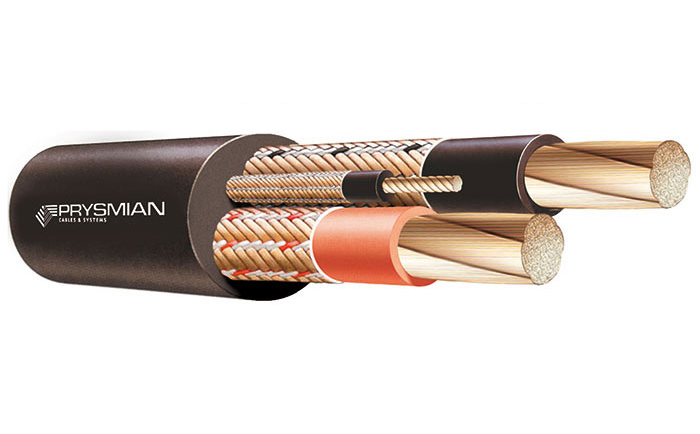
Cables designed for wiring mobile equipment such as continuous miners, shuttle cars, road headers, and personnel transporters. 0.6/1 kV Type 2S cables are sheathed and do not require further mechanical protection when used in external (non-protected) installations. They are used for the interconnection of equipment, for example control boxes, motors, etc., and may be used for Longwall lighting systems.

Cable designed for the wiring of mobile equipment such as continuous miners, shuttle cars, road headers, personnel transports, etc. 0.6/1 kV Type 1 cables require further mechanical protection when used in external (non-protected) installations. They are used for the interconnection of equipment, for example control boxes, motors, etc. Cables rated in excess of 20 amps are electrically symmetrical.
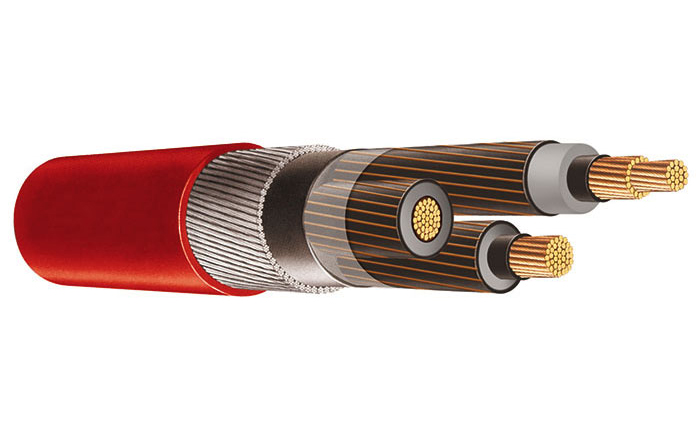
3 core copper wire screened armoured to AS/NZS 1972.
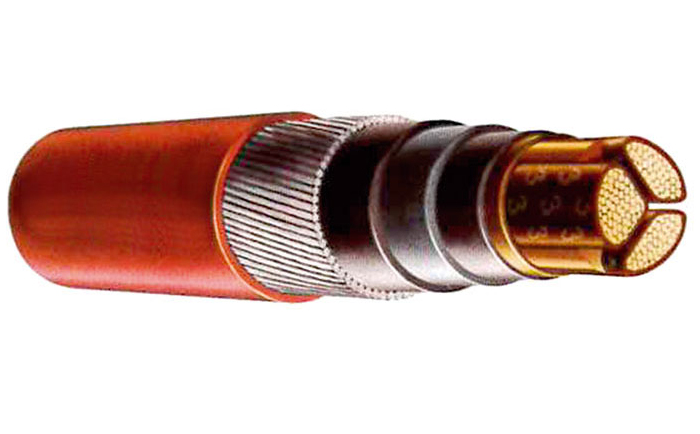
High voltage machine cables used in power reticulation throughout the mine. 11/11 kV paper insulated, paper belted, lead sheathed, GSW armoured, PVC sheathed cable. Suitable as primary supply for mines and industrial networks, for systems having high earth fault values.

Semi conductive screened power cores cable with three pilot cores made for general purpose in slow reeling and trailing applications. 3.3/3.3 kV to 11/11 kV cables for use with draglines, shovels, excavators, wharf cranes, and materials handling equipment. The cable is similar to Type 450 cables, without a composite insulation screen.
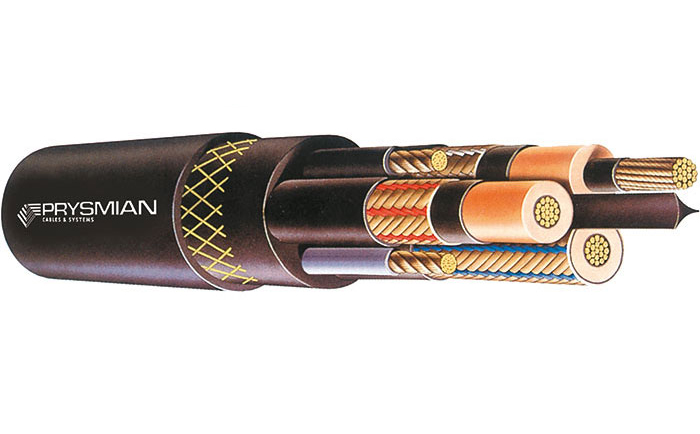
Metal-screened power cores cable with three pilots cores, made for general purpose in slow reeling and trailing applications. 3.3/3.3 kV to 33/33 kV cables similar to Type 450 cables but with reduced pilot size, for use with draglines, shovels, excavators, wharf cranes, and materials handling equipment.

Metal-screened power cores cable with three pilot cores and made for general purpose for slow reeling and trailing applications. 3.3/3.3 kV to 33/33 kV reeling cables for use with draglines, shovels, excavators, wharf cranes, and materials handling equipment.
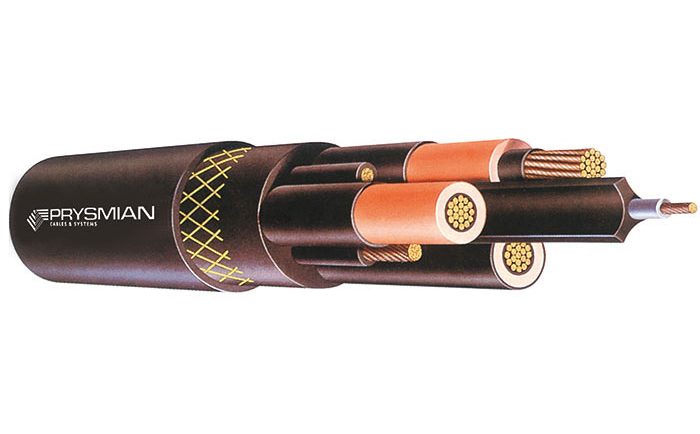
Semi conductive screened power cores cable with three earth cores and one pilot core, made for general purposes. Suitable for slow reeling and trailing applications. Being a class 1 cable, it has lower insulation and sheath radials than class 2. It is therefore suitable for use with materials handling equipment, and applications that call for a smaller overall diameter and mass. The cables are finished with a polyaramid yarn Kevlar® braid sheath reinforcement for exceptional tear and cut through resistance.
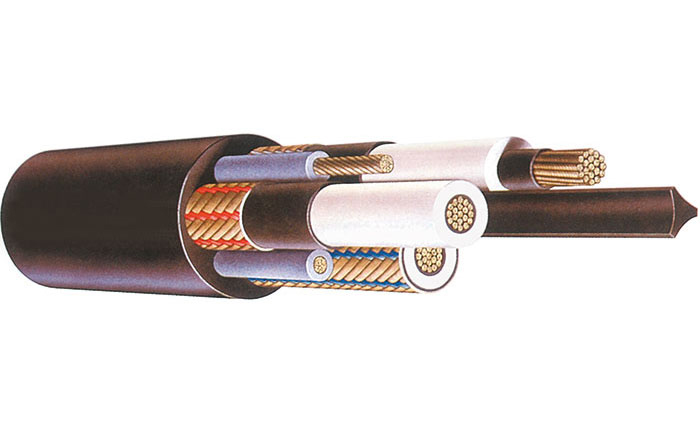
Metal-screened power cores cable with three pilot cores and suitable for trailing and most reeling applications. The cable has good flexibility and high resistance to abrasion and weathering. Suitable for long lengths of cable runs, in cases where the use of type 409 or 441 could result in pilot resistances not meeting requirements.
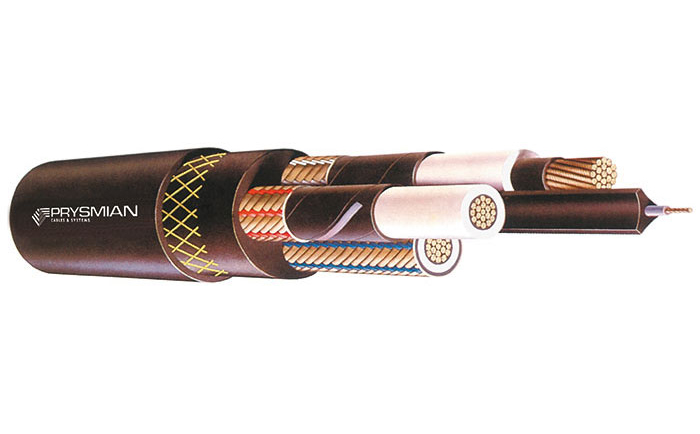
Metal-screened power cores cable with single extensible pilot designed for trailing and most reeling applications. A heavy-duty cable with good flexibility and high resistance to abrasion and weathering. Suitable for pumps, shovels, draglines, blast hole drills, etc. For improved performance, all cables (except 409.1 below 50mm) incorporate a polyaramid yarn Kevlar® braid sheath reinforcement for exceptional tear and cut-through resistance.
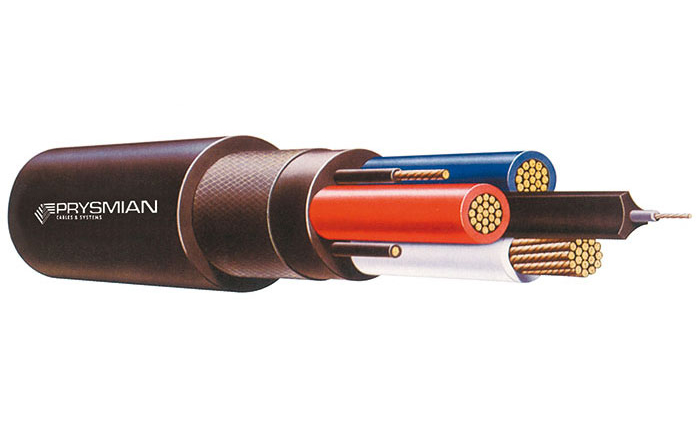
These cables are used with high-speed reeling equipment employed on shuttle cars, and are subject to the greatest exertion underground. Cable constructions are designed to resist “corkscrewing” in these arduous conditions. Non-individually screened power cores, three earth cores and one extensible pilot, laid-up in a semi conductive cradle and fill to 1.1/1.1 kV applications.

Semi conductive screened power cores, with three earth cores and three extensible pilots for general purpose, and especially for trailing applications in cable chains on Longwall Shearer equipment, and in environments calling for maximum flexibility. The cables provide additional pilot conductors for modern machine monitoring.

